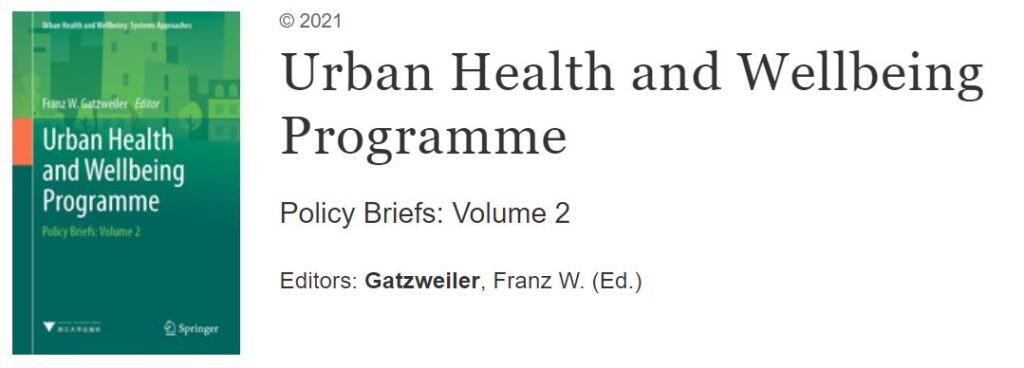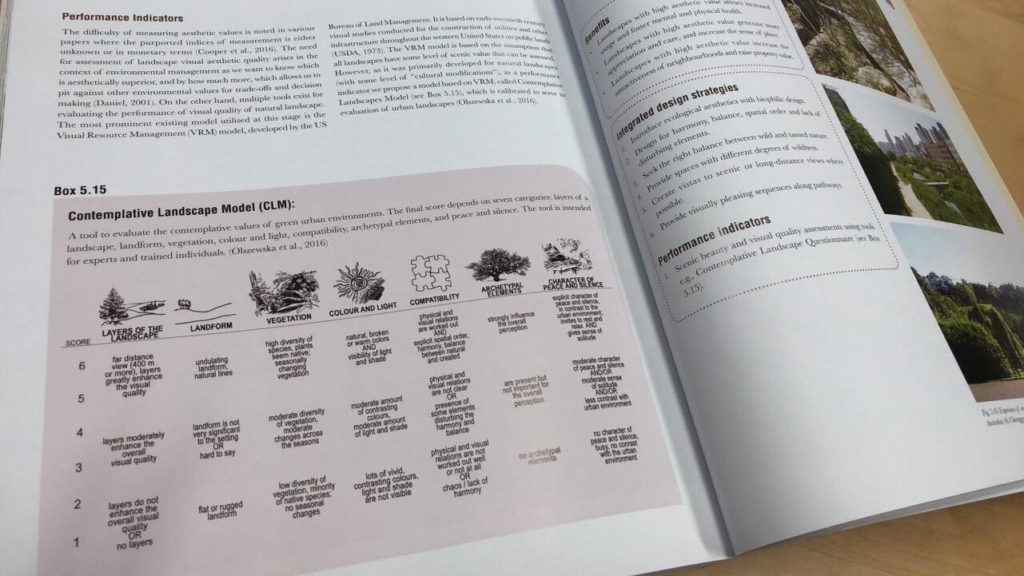Experience the power of “Neuroscience for Designing Green Spaces: Contemplative Landscapes” – a revolutionary book by Dr. Agnieszka Olszewska-Guizzo. This comprehensive guide was released on May 30, 2023. It revolutionizes landscape design through an innovative approach rooted in neuroscience. Unveiling Contemplative Landscape Design Delve into the concept of Contemplative Landscape Design, meticulously crafted over Read More
Tag: book
Policy Briefs – Urban Health and Wellbeing Programme by Springer
In our most recent contribution to the Volume Two of the book series Urban Health and Wellbeing Systems Approaches, published by Springer and Zhejian University, we discuss the preliminary findings of our research project currently conducted in low-income communities in Medellin Colombia for our program Planting Seeds of Empowerment: Mental Health and Wellbeing of the Read More
Contemplative Landscape Model featured in a book!
The Contemplative Landscape Model (CLM) was developed by our scientists to measure and define the subjectivity in landscape aesthetics. Utilizing 7 categories to rank any given landscape view. What’s considered as aesthetic is often instinctual, yet what makes it so often overlooked. Take a look outside and you’ll see how easy it is for the CLM Read More



